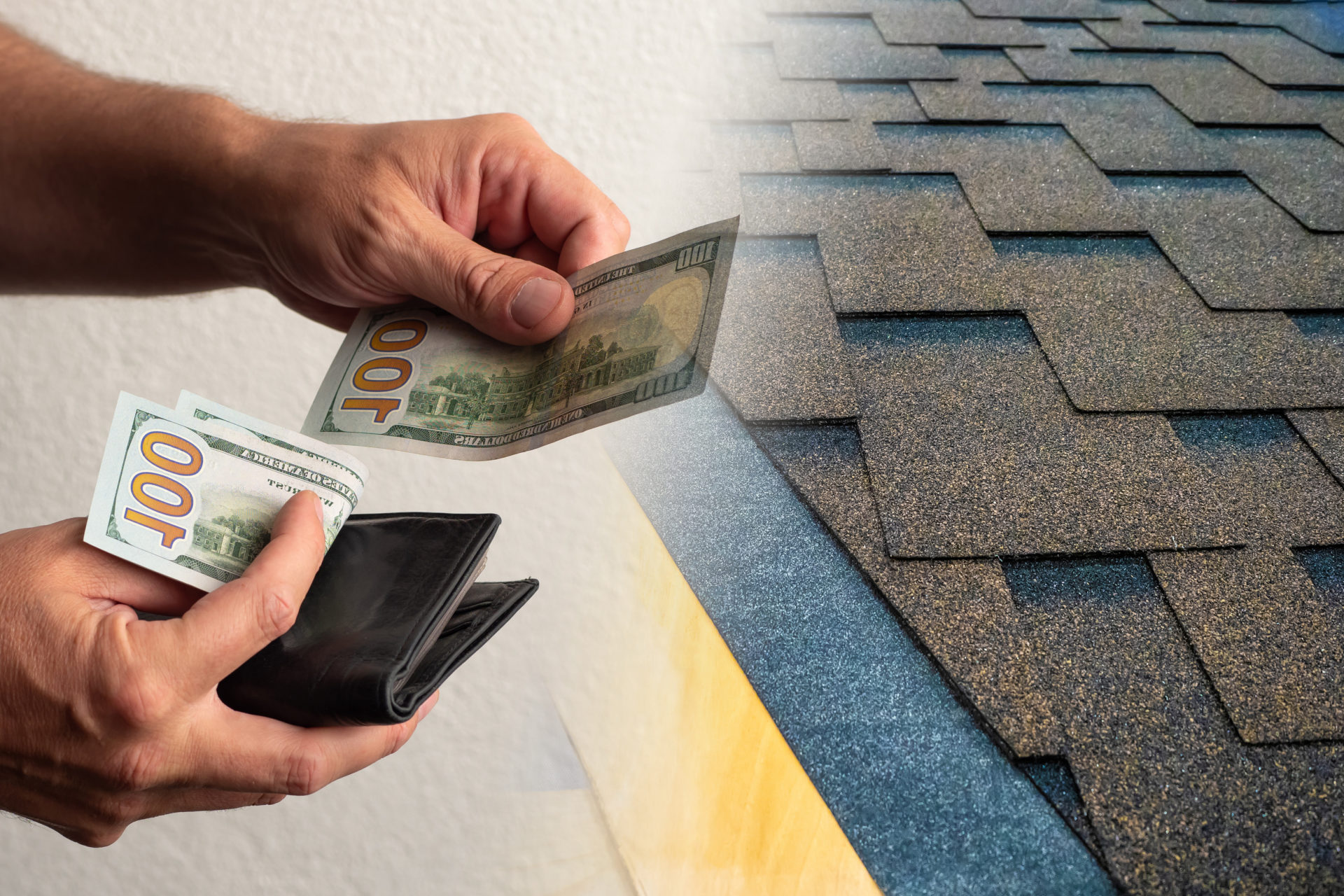Roof Replacement and Insurance Premiums: Debunking the Myth of Costly Increases
Introduction
2 min read
Honour Hernandez
:
Jun 15, 2023 12:17:37 AM

Introduction
Your roof is a vital component of your home's structure, providing protection from the elements and maintaining a secure living environment. Over time, however, roofs age and deteriorate, compromising their effectiveness and potentially putting your home at risk. In this blog post, we will delve into the reasons why roofs over 8 years old often require replacement, emphasizing the importance of ensuring the safety and longevity of your home.
As time passes, the materials used in roofing systems gradually deteriorate due to exposure to sunlight, temperature fluctuations, moisture, and other environmental factors. Shingles may become brittle, crack, or lose their granules, compromising their ability to shield your home from water infiltration. Additionally, metal components may corrode, and wooden elements may rot or become weakened. By replacing a roof that has surpassed the 8-year mark, you can address these material degradations and restore the protective integrity of your home.
As a roof ages, its ability to repel water diminishes. Over time, shingles may develop cracks or curl, allowing water to penetrate beneath the surface. This can lead to leaks and water damage within your home, affecting walls, ceilings, insulation, and even electrical systems. By replacing an aging roof, you can prevent the costly consequences of water infiltration and protect your home and its contents from potential structural damage and mold growth.
Roofs that have surpassed the 8-year mark are more susceptible to structural issues. The supporting components, such as rafters and trusses, may weaken due to age, moisture exposure, or pest infestations. This can compromise the overall stability of the roof, making it vulnerable to collapses or sagging. By replacing an aging roof, you ensure the structural integrity of your home, avoiding the risks associated with a compromised roof structure and potential safety hazards.
Older roofs often lack the energy-efficient features found in modern roofing systems. They may have inadequate insulation, poor ventilation, or outdated materials that fail to effectively regulate indoor temperature. This can result in higher energy consumption, as your HVAC system works harder to compensate for heat gain or loss. By replacing an aging roof, you can take advantage of advancements in insulation and ventilation, reducing energy costs and creating a more comfortable living environment.
Aesthetics and curb appeal are essential aspects of homeownership. An aging roof can significantly detract from the overall appearance and value of your home. If you plan to sell your property in the future, potential buyers may be deterred by the need for an immediate roof replacement. By proactively replacing your roof before it reaches the 8-year mark, you can maintain or even increase your home's value and attractiveness in the real estate market.
Conclusion
Replacing a roof that has surpassed the 8-year mark is a prudent investment in the safety, longevity, and overall well-being of your home. With material degradation, increased vulnerability to leaks, weakened structural integrity, energy efficiency considerations, and the desire for enhanced curb appeal, the importance of timely roof replacement cannot be overstated. By taking proactive measures to address an aging roof, you can protect your home, prevent costly repairs, and enjoy peace of mind knowing that your shelter is secure and well-maintained.

Introduction

Introduction When it comes to homeownership, few things are as important as a sturdy and well-maintained roof. As a homeowner, you may have noticed...